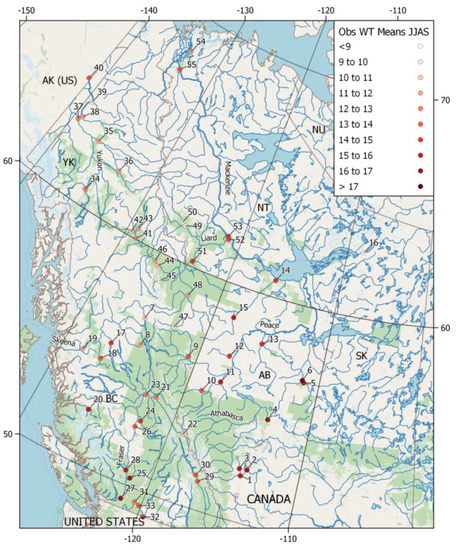Modern Geophysical and Climate Data Analysis: Tools and Methods
A topical collection in Data (ISSN 2306-5729). This collection belongs to the section "Spatial Data Science and Digital Earth".
Viewed by 4222Editors
Interests: space weather studies of upper atmosphere; astrogeoinformatics; astroinformatics; databases; data-mining; natural hazards
Special Issues, Collections and Topics in MDPI journals
Interests: statistical modeling in atmospheric physics; multivariate receptor modeling; ground-based remote sensing for retrieval of the atmospheric composition; aerosol optical properties; aerosol physical and chemical characterization and climatic role; air quality
Special Issues, Collections and Topics in MDPI journals
Topical Collection Information
Dear Colleagues,
The expansion and scope of geophysical and climate data, with associated analytical tools and approaches, are changing rapidly day after day as we move into the future. The rise of “Big Data” sets deepens our understanding of such complex structured and unstructured data. In the relatively recent past of the last few decades, these datasets were relatively small and frequently disregarded by statisticians as biased data. With the availability of large geophysical and climate datasets, i.e., “Big Data”, the scientific community (statisticians, computer scientists, geophysicists, etc.) was forced to develop analytically rigorous methods in order to deal with such vast datasets. To evaluate data patterns, variable relationships, and prediction, various methods have been created, followed by emerging appropriate novel statistical theories.
This topic seeks to offer a forum for in-depth discussion and contributions that can have either an applied or theoretical perspective and highlight different problems, with special emphasis on data analytics and methods. Manuscripts summarizing the most recent state of the art on these topics are welcome. The topics to be covered include but are not limited to the following: cutting-edge statistical learning tools for the analysis of geophysical and climate data; cutting-edge machine learning tools for the analysis of geophysical and climate data; innovative applications of existing statistical learning and/or machine learning tools for geophysical and climate data.
Prof. Dr. Vladimir Sreckovic
Dr. Zoran Mijic
Guest Editors
Manuscript Submission Information
Manuscripts should be submitted online at www.mdpi.com by registering and logging in to this website. Once you are registered, click here to go to the submission form. Manuscripts can be submitted until the deadline. All submissions that pass pre-check are peer-reviewed. Accepted papers will be published continuously in the journal (as soon as accepted) and will be listed together on the collection website. Research articles, review articles as well as short communications are invited. For planned papers, a title and short abstract (about 100 words) can be sent to the Editorial Office for announcement on this website.
Submitted manuscripts should not have been published previously, nor be under consideration for publication elsewhere (except conference proceedings papers). All manuscripts are thoroughly refereed through a single-blind peer-review process. A guide for authors and other relevant information for submission of manuscripts is available on the Instructions for Authors page. Data is an international peer-reviewed open access monthly journal published by MDPI.
Please visit the Instructions for Authors page before submitting a manuscript. The Article Processing Charge (APC) for publication in this open access journal is 1600 CHF (Swiss Francs). Submitted papers should be well formatted and use good English. Authors may use MDPI's English editing service prior to publication or during author revisions.
Keywords
- data in geo and climate and related fields
- analysis and prediction
- new applications
- algorithms
- machine learning
- visualization








